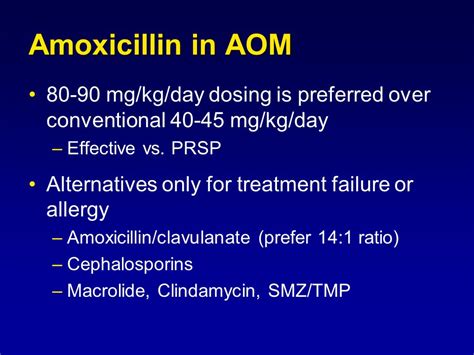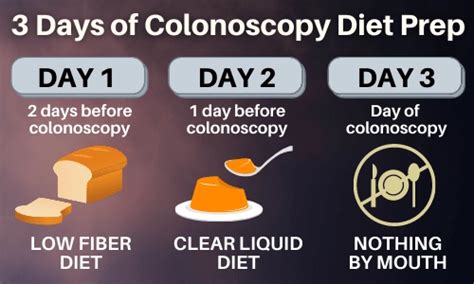Bell’s palsy is a condition that causes temporary weakness or paralysis of the muscles in one side of the face. It is a relatively common neurological disorder, affecting approximately 40,000 people in the United States each year. The exact cause of Bell’s palsy is not fully understood, but it is believed to be related to a viral infection, autoimmune response, or a combination of both.
One theory is that the herpes simplex virus, which is the same virus that causes cold sores, may be responsible for triggering the onset of Bell’s palsy. When this virus infects the facial nerve, it can cause inflammation and damage, leading to the characteristic symptoms of Bell’s palsy, including facial weakness, drooping, and difficulty closing the eye on the affected side.
Another theory suggests that an autoimmune response may play a role in the development of Bell’s palsy. In this scenario, the immune system mistakenly attacks the facial nerve, causing inflammation and damage. This autoimmune response may be triggered by a viral infection, or it may be the result of a genetic predisposition.
Understanding the Facial Nerve
The facial nerve is a complex nerve that controls the muscles of the face, including those responsible for smiling, frowning, and closing the eyes. It also carries sensory information from the face to the brain, including taste and sensation. When the facial nerve is damaged, it can cause a range of symptoms, including:
- Weakness or paralysis of the facial muscles
- Drooping of the eyelid or corner of the mouth
- Difficulty closing the eye on the affected side
- Taste disturbances
- Sensory changes, such as numbness or tingling
It's essential to note that Bell's palsy is a diagnosis of exclusion, meaning that other conditions that may cause similar symptoms, such as stroke or tumors, must be ruled out before a diagnosis of Bell's palsy can be made.
Fast Recovery Tips
While there is no cure for Bell’s palsy, there are several steps that can be taken to promote recovery and alleviate symptoms. Here are some fast recovery tips:
- Seek medical attention: If you are experiencing symptoms of Bell’s palsy, it’s essential to seek medical attention as soon as possible. Early treatment can help reduce the risk of complications and promote faster recovery.
- Practice facial exercises: Gentle facial exercises, such as smiling, frowning, and closing the eyes, can help stimulate the facial nerve and promote recovery.
- Use eye drops: Eye drops can help keep the eye moist and prevent dryness, which can be a complication of Bell’s palsy.
- Apply warmth: Applying warmth to the affected area, such as with a warm compress, can help reduce pain and promote relaxation.
- Manage stress: Stress can exacerbate symptoms of Bell’s palsy, so it’s essential to find ways to manage stress, such as through meditation, yoga, or deep breathing exercises.
Step-by-Step Guide to Facial Exercises
- Start by sitting in front of a mirror and looking at your face.
- Smile as widely as possible, holding for 10 seconds.
- Frown, holding for 10 seconds.
- Close your eyes tightly, holding for 10 seconds.
- Repeat each exercise 10-15 times, taking breaks in between.
Treatment Options
Treatment for Bell’s palsy usually involves a combination of medications and physical therapy. The goal of treatment is to reduce inflammation, promote recovery, and manage symptoms.
- Corticosteroids: Corticosteroids, such as prednisone, can help reduce inflammation and promote recovery.
- Antiviral medications: Antiviral medications, such as acyclovir, may be prescribed if a viral infection is suspected.
- Physical therapy: Physical therapy can help improve facial function and reduce symptoms.
| Treatment Option | Description |
|---|---|
| Corticosteroids | Reduce inflammation and promote recovery |
| Antiviral medications | Treat viral infections |
| Physical therapy | Improve facial function and reduce symptoms |
Bell's palsy is a complex condition that requires a comprehensive treatment approach. By understanding the causes, symptoms, and treatment options, individuals can take the first step towards recovery and regaining control over their facial function.
FAQ Section
What is the main cause of Bell’s palsy?
+The exact cause of Bell’s palsy is not fully understood, but it is believed to be related to a viral infection, autoimmune response, or a combination of both.
How long does it take to recover from Bell’s palsy?
+Recovery from Bell’s palsy can take several weeks to several months, with most people experiencing significant improvement within 3-6 months.
Can Bell’s palsy be prevented?
+While there is no guaranteed way to prevent Bell’s palsy, getting plenty of rest, managing stress, and practicing good hygiene can help reduce the risk of developing the condition.


